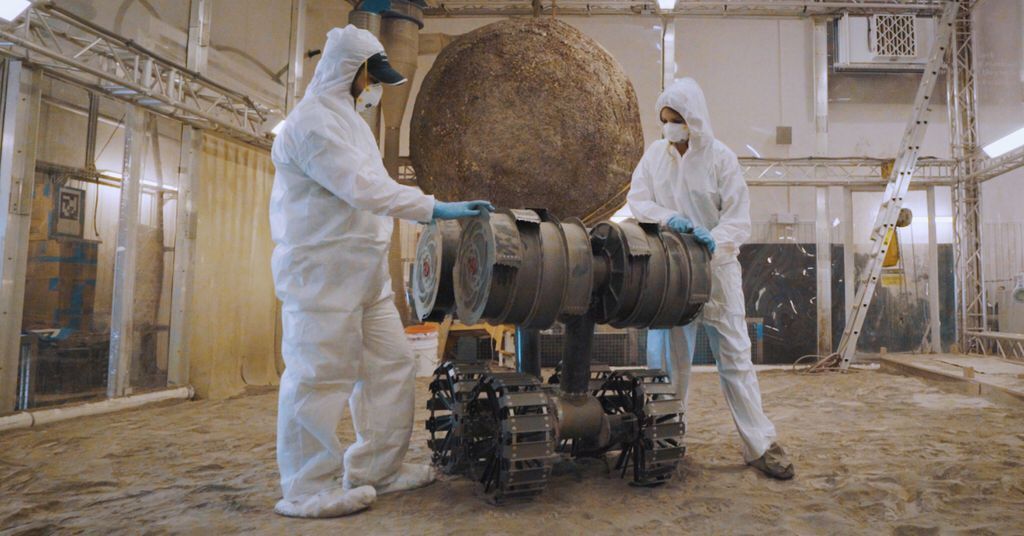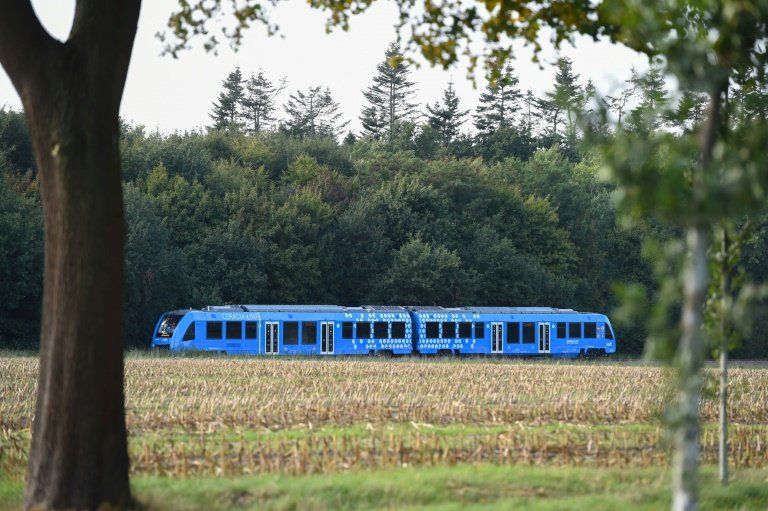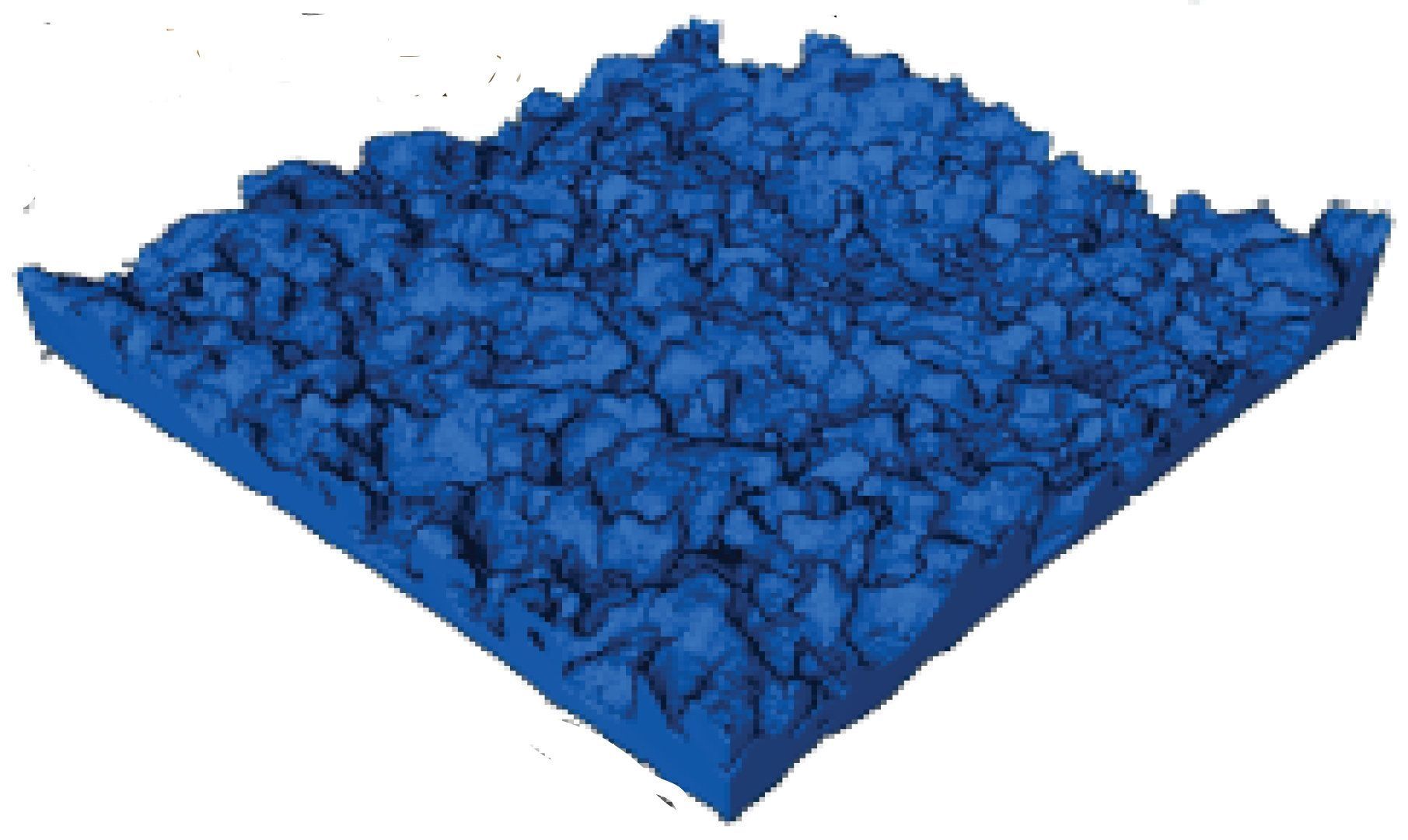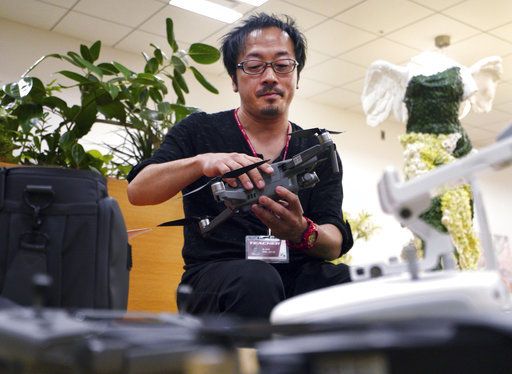Today, we are delighted to announce that we have launched a new crowdfunding campaign on Lifespan.io: the NAD+ Mouse Project by Dr. David Sinclair and his team at Harvard Medical School.
NAD+ is a vitally important molecule that is found in every cell in your body and is involved in DNA repair, tissue growth, nutrient sensing and metabolism, cell-to-cell signaling, and many other cellular processes. Quite simply, without NAD+, cells would not work and life would be impossible. If you would like to learn more about NAD+ and its role in aging, check out our articles here, here, and here.





